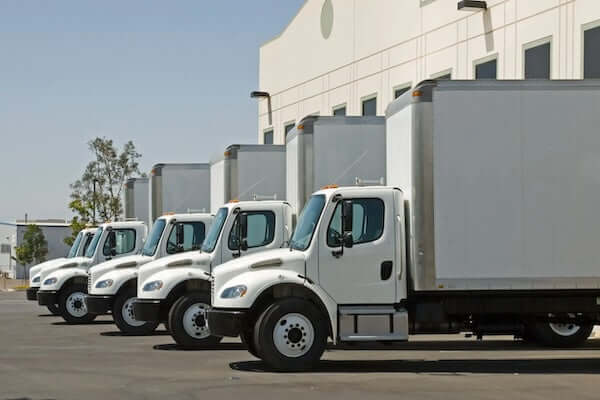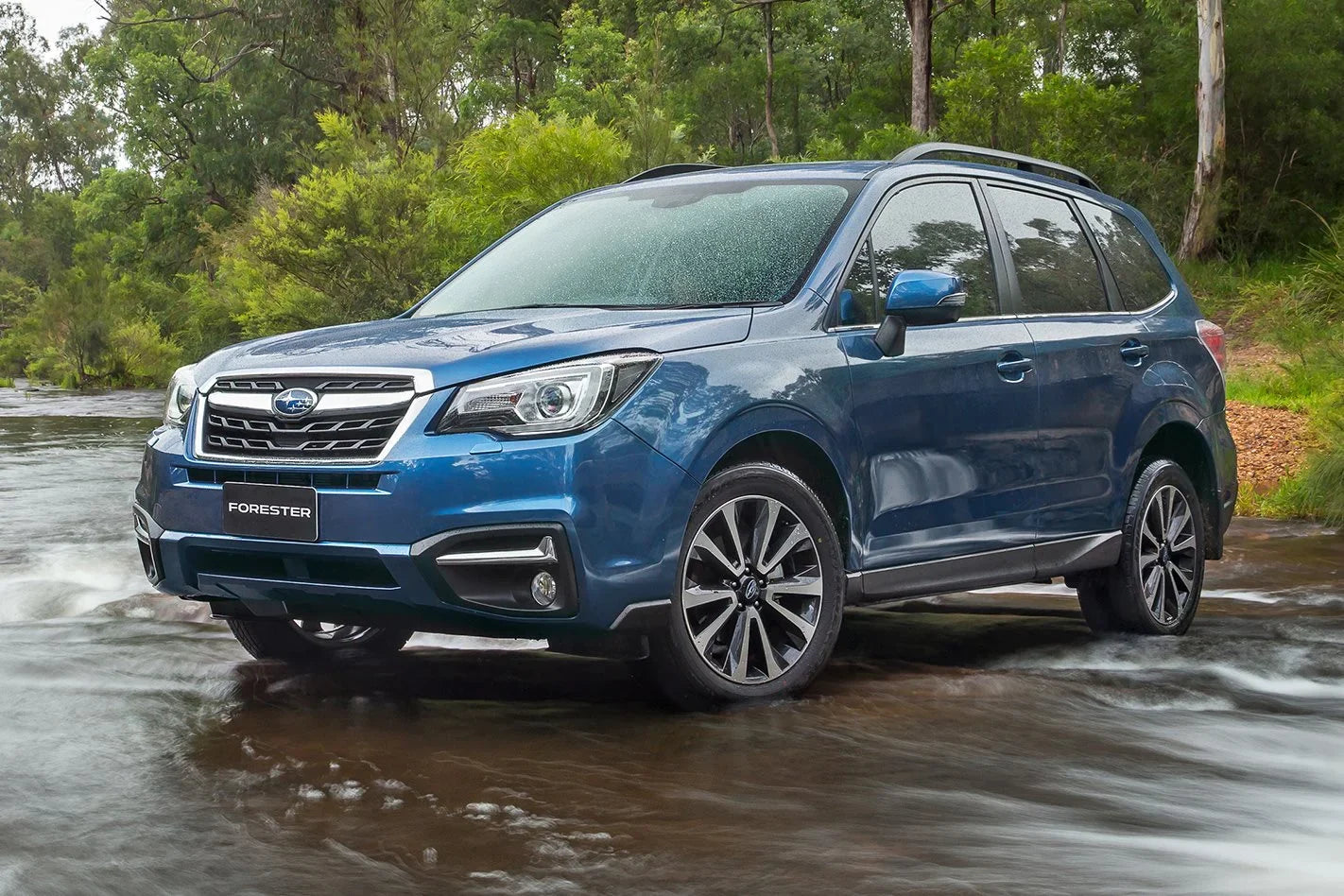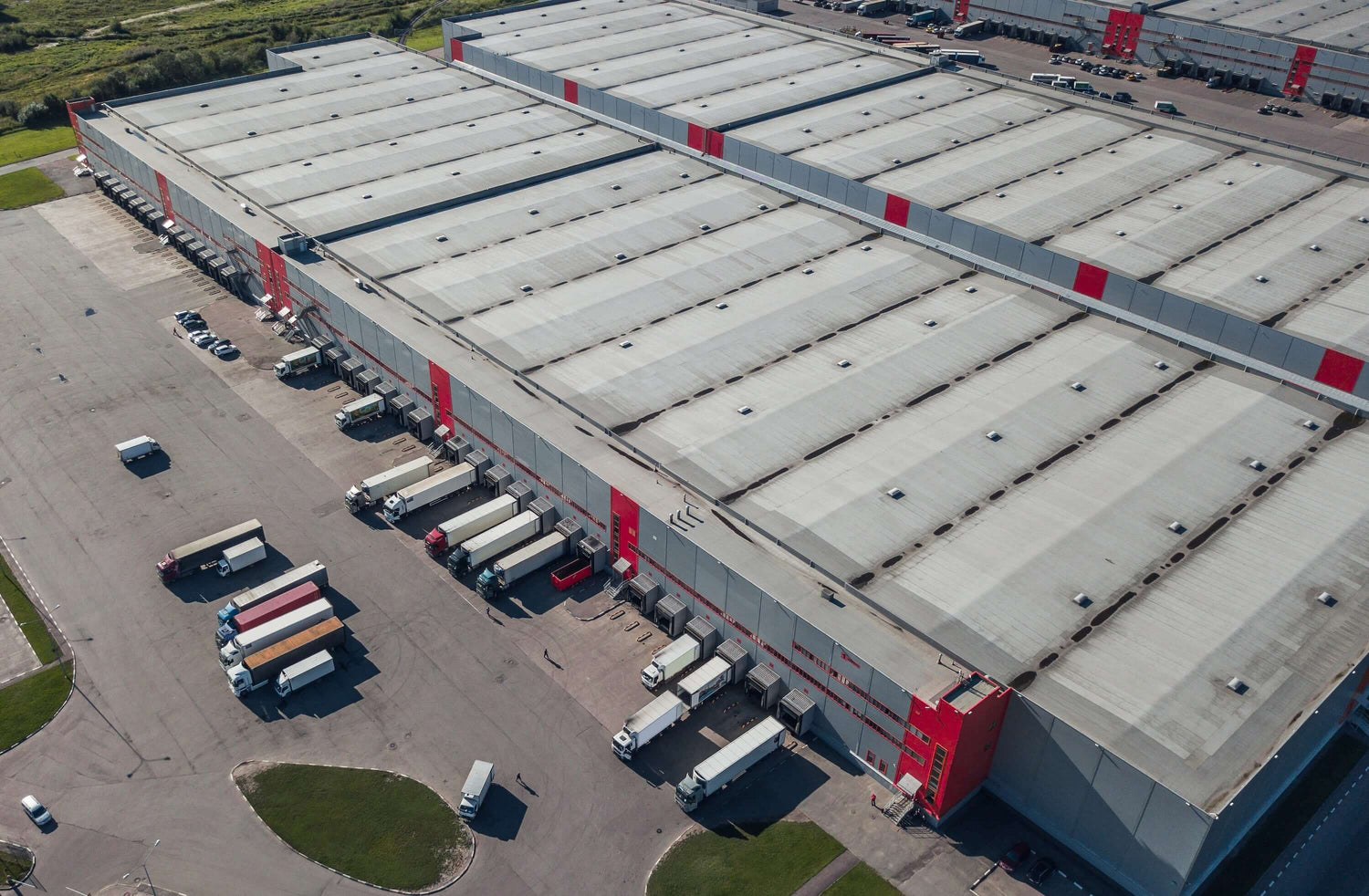The Subaru Forester from 2011 to 2016 is known for its practicality, all-wheel drive capability, and durability. However, as with any vehicle, the engine will eventually need replacement due to wear, overheating, or internal damage. Replacing the engine can restore your Forester’s reliability and extend its life for years. This step-by-step guide explains the process of replacing a Subaru Forester engine, giving you a clear roadmap whether you’re performing the work yourself or understanding what a professional mechanic will do. At Power Engines, we provide road-legal, OEM-spec Subaru replacement engines designed for seamless installation and long-term dependability.
Preparation and Tools Required
Before you begin, gather essential tools and equipment: an engine hoist, hydraulic jack, jack stands, torque wrenches, a complete metric socket and wrench set, screwdrivers, pliers, drain pans, protective gloves, and replacement fluids including engine oil, coolant, and transmission fluid. Make sure your Forester is parked on a flat, level surface, and disconnect the battery first to prevent electrical issues.
Step 1: Remove the Hood and Drain Fluids
Unbolt the hood for easier engine bay access. Drain engine oil, coolant, and transmission fluid into proper containers. This ensures a clean workspace and prevents contamination when reinstalling components.
Step 2: Disconnect Wiring and Fuel Lines
Label all electrical connectors, sensors, and vacuum hoses before disconnecting them. Relieve fuel system pressure and carefully detach fuel lines. Keeping a record with photos or labels will make reassembly much easier.
Step 3: Remove Accessories and Cooling Components
Detach the alternator, starter, A/C compressor, and power steering pump. To save time, you can secure the A/C compressor and power steering pump aside without disconnecting their lines. Remove the radiator, fans, and coolant hoses to clear the front of the engine bay.
Step 4: Disconnect Exhaust and Transmission
Unbolt the exhaust manifold from the engine. Support the transmission with a jack, then remove the bolts connecting the engine to the transmission. Automatic Foresters require detaching torque converter bolts, while manual versions require disconnecting the clutch assembly.
Step 5: Remove Motor Mounts and Lift Out the Engine
Unbolt the motor mounts, secure the engine with chains on the hoist, and carefully lift it out of the bay. Double-check all hoses and wiring are free before fully extracting the engine.
Step 6: Prepare the Replacement Engine
Transfer necessary components from the old engine to the new one, including intake and exhaust manifolds, sensors, and brackets. Replace worn gaskets, seals, and belts at this stage. Power Engines provides Subaru-compatible replacement units that meet or exceed factory specifications, ensuring easier installation and compliance with emissions regulations.
Step 7: Install the New Engine
Lower the replacement engine into the bay with the hoist, aligning it with motor mounts and the transmission. Torque bolts to factory specifications. Reconnect the exhaust system, transmission, and all accessory components.
Step 8: Reconnect Wiring, Fuel, and Cooling Systems
Reattach the labeled wiring harnesses, fuel lines, and vacuum hoses. Install the radiator, cooling fans, and hoses. Fill the system with fresh fluids—engine oil, coolant, and transmission fluid.
Step 9: Test and Break-In
Reconnect the battery and turn the key to ON to allow the fuel pump to pressurize the system. Start the engine and let it idle while monitoring for leaks, warning lights, or unusual noises. For the first 500 miles, avoid high RPMs and aggressive driving. Change the oil after the break-in period to ensure long engine life.
Replacing the engine in a 2011–2016 Subaru Forester is a detailed but rewarding project that can return your SUV to peak performance. With careful preparation and step-by-step execution, the process is manageable and ensures years of reliable driving. For the best results, source your replacement engine from Power Engines, where every engine is built to OEM standards, road-legal, and emissions compliant. Whether you use your Forester for commuting, family trips, or outdoor adventures, a new engine from Power Engines guarantees the dependability Subaru drivers count on.





